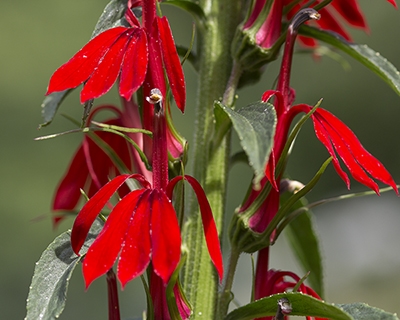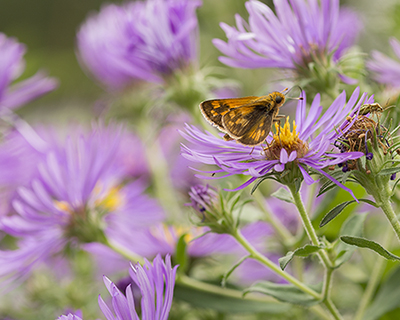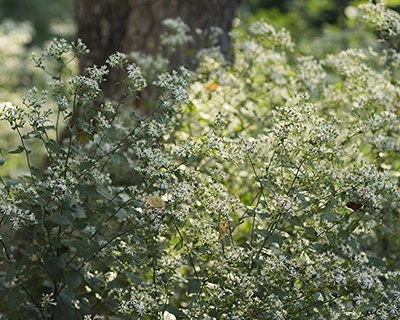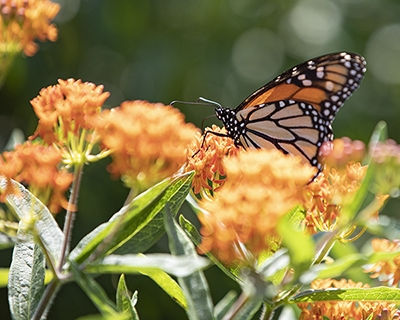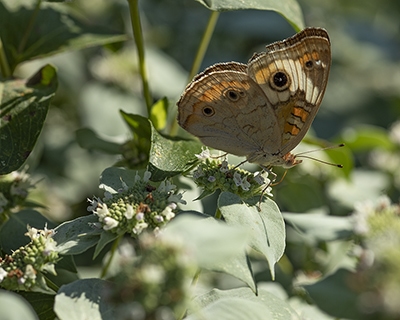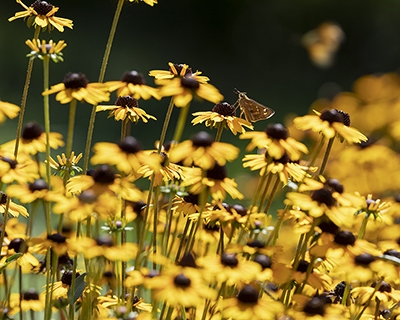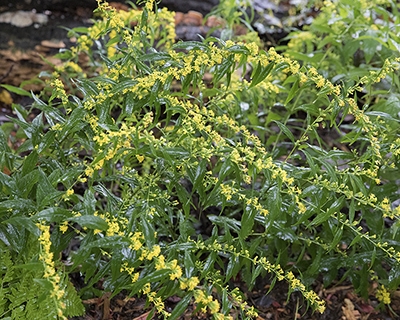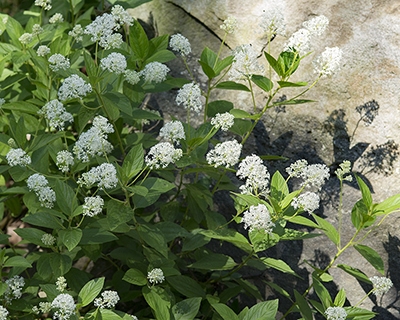A GARDEN IS A POTENTIAL SMORGASBORD:
NATIVE PLANTS WITH REAL VALUE
Natives rock! They invite all kinds of wildlife into a garden. And because all native plants are not created equal, striving to plant the most beneficial of our natives is an important goal. Here are some beauties that are not only critter approved but are also ‘carefree’ and thriving in my garden in Northern Virginia.
This page is ever-expanding as I discover new plants that do well in a garden setting.
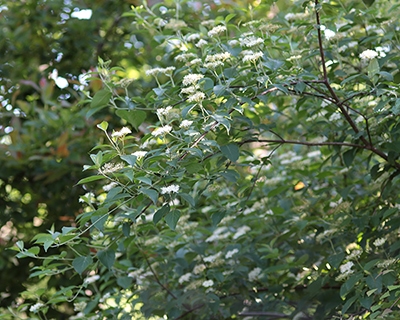
The first native shrubs we planted as little mail order twigs, these now tower at about 8 feet and make an excellent summer screen at the back of our property. Silky dogwood is perfect for streamside planting and erosion control. It is the larval host for the Spring Azure — and wildlife love the small purple fruit.
Note: Find a local source for purchasing native plants. Since this purchase I have learned that mail order plants grown in far away states may not do well in your specific region and can be drenched in pesticides in order to cross state lines. Local ecotypes are the best choices.
